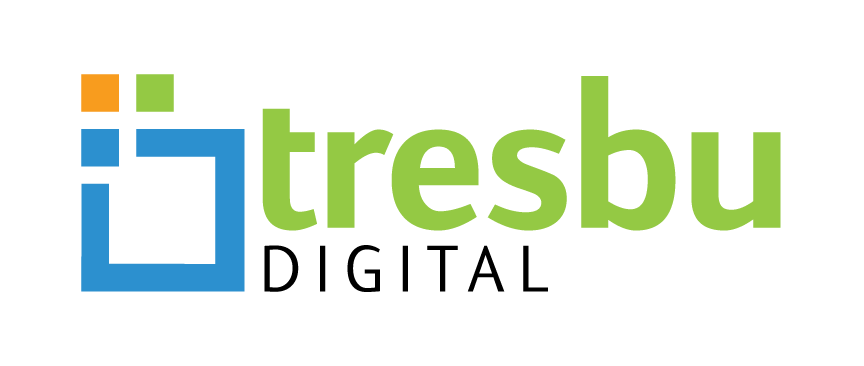Where are the Low-Code application examples? It’s no secret that LowCode technology is the rising star of the development world, with its worldwide market expected to grow 23% this year alone. Gartner’s Vice President of Research even predicts that by the end of 2021, most of the world’s large companies will be using Low-ode. But where are the Low-Code application ideas that benefit your organization?
We’ve discussed the benefits of Low-Code for workflow automation, application migration and innovation management—and there is even more this emerging technology can do. Let’s talk about a practical application of Low-Code that every organization needs: asset management.
Low-Code platforms can help organizations more effectively manage their assets to achieve greater ROI.
A system to keep track of assets is important for any company—especially when those assets are used to impact its bottom line. Princeton University defines capital equipment as “an article of nonexpendable, tangible property with a useful life of more than one year, and an acquisition cost of $5,000 or more per unit.”
Use of capital equipment delivers high-value work. At such a high level of expense, it is critical that companies ensure they are getting the most out of this equipment to achieve a solid return on investment. This is where Low-Code applications enter the picture.
Low Code and Scheduling Assets in the Life Sciences Industries
While Tresbu Digital has experience in Low-Code development across industries, we are especially proud of our expertise in designing solutions that streamline the day-to-day work of life science professionals. In industries like life sciences, pharmaceuticals and bio-tech, asset management is doubly important. ROI is crucial for the operations of any business, but in these industries, the returns are more than financial benefits—they can be life-saving scientific discoveries. For this reason, it is all the more crucial to have a systematic asset management system in place to make the most of these expenditures. Low-code technologies provide a way to create these management systems that is significantly faster and more cost-effective than traditional development methods.

Tresbu Digital’s business engineers and developers used Mendix to design a portal-based platform that optimizes the management and scheduling of valuable assets. By creating a Mendix application that draws together data and business processes from staff calendars, financial programs, equipment records, product development priorities, and compliance requirement documents, then synchronizes it to create and update equipment use schedules and staff schedules as well.
But that’s not all this asset management system also assigns key performance indicators and applies analytics for deeply informed decision-making when conflicts do arise. Equipment scheduling ensures that assets are accounted for and used to their highest capacity. Maintenance and repair timelines are enforced for each piece of equipment, certifying that assets are up-to-date and running smoothly. Perhaps best of all, this portal was completed in three sprints (a sprint is usually about 2 weeks; read more about that in my earlier blog) for well under budget. Read more about this case study at tresbudigital.com.
And Tresbu Digital’s expertise reaches well beyond life sciences. For example, let’s consider textile manufacturing industry equipment management. Often the textile industry employs specialty spinning machines that are used both for customer orders and research purposes. Specific spinning machines must be available for projects based on customer obligation, research priority, and profitability. Those spinning machines must also receive maintenance on a regular schedule.
Low Code Application Ideas in the Textile Industry
Textile mills have job scheduling software and maintenance software and a library of written procedures on how to schedule jobs and how to maintain software, but they’re often not coordinated & siloed. Sometimes critical jobs are accidentally scheduled for machines that are down for maintenance. Sometimes customer orders are run on machines that should be down for maintenance, but aren’t, and the output is faulty. Textile mills need to bring together the job scheduling, the maintenance scheduling, and written procedures into one automated process that assigns jobs to the appropriate spinning machines and NOT to machines that need maintenance, takes down and locks out machines that need maintenance, and alerts all the appropriate people of job schedules and maintenance. With Low-Code, now you can.

These asset management solutions do much more than streamline everyday operations. Optimized asset use leads to greater productivity, allowing an organization to stay ahead of the curve and shorten time to profit. Low-Code applications provide accountability on an organization’s assets, showing which investments are seeing the greatest returns and giving insight on underperforming areas that could be scaled down. Plus, because Low-Code makes every user a citizen developer, an organization can manage the system on its own, adapting as needed to keep up with growth and change.
Contact us today to discuss how Tresbu Digital can help your organization manage its assets with the help of Low-Code.




